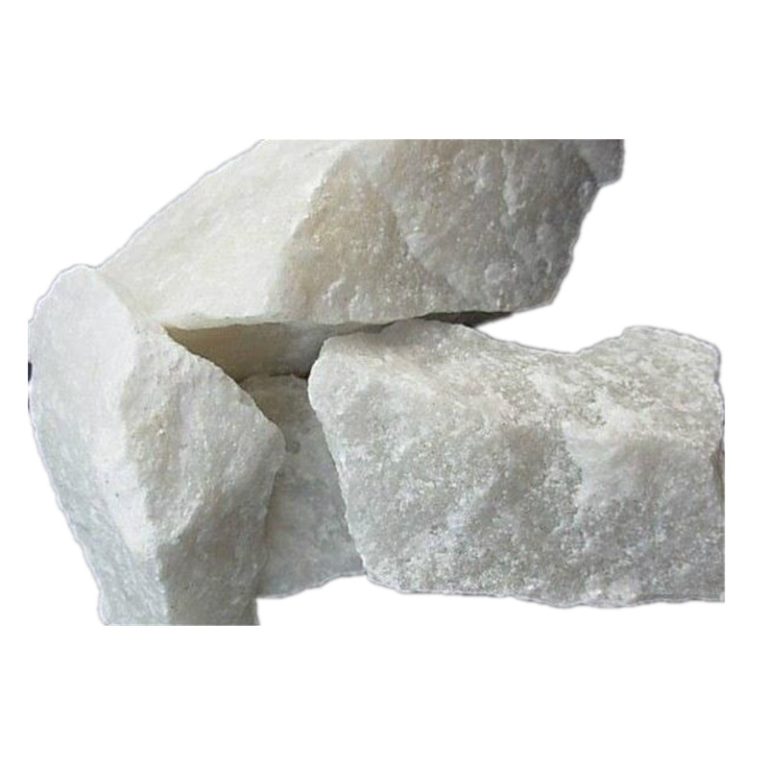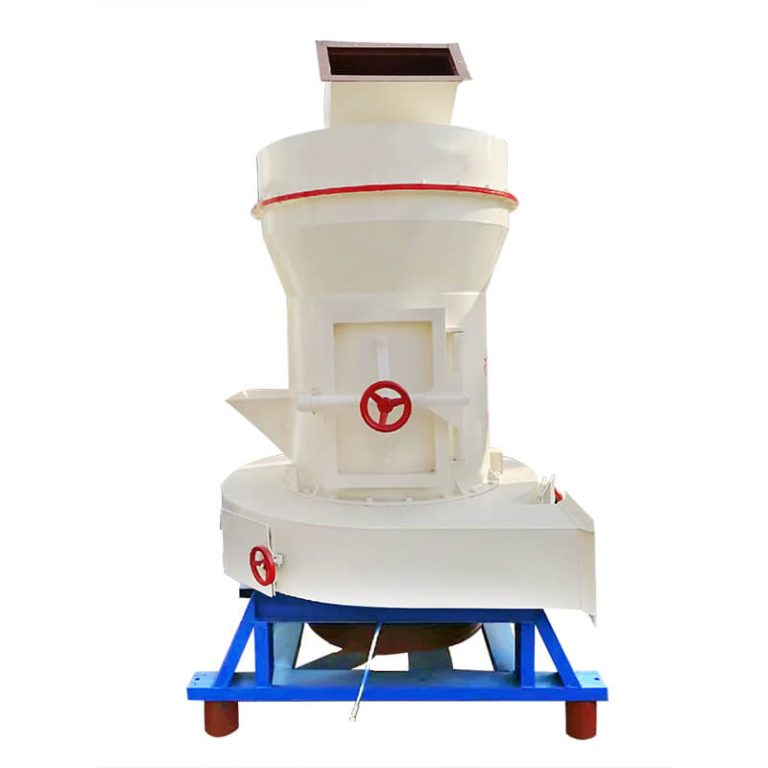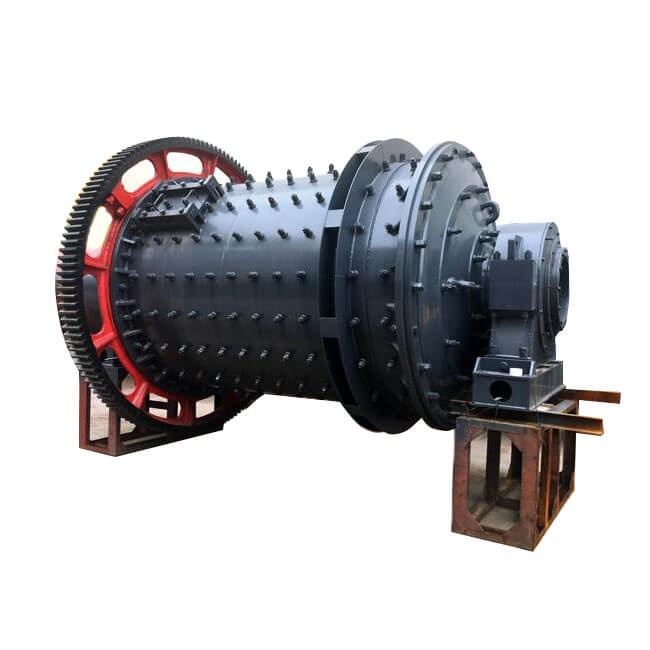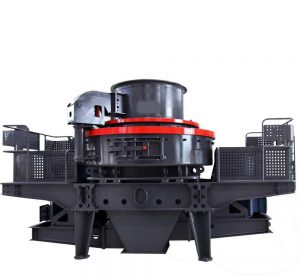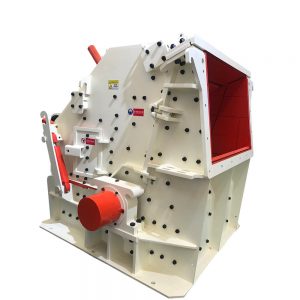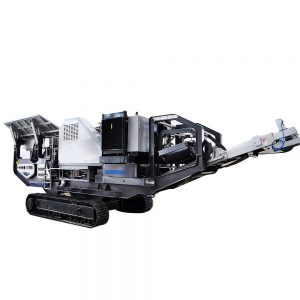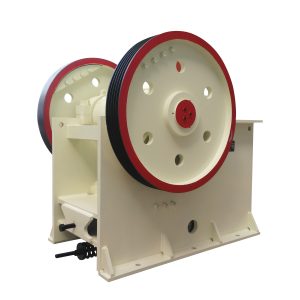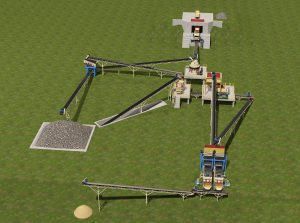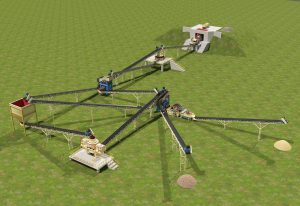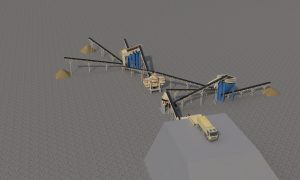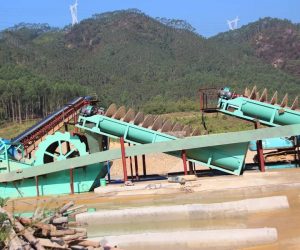What Kind of Mill is Used to Grind Dolomite?
Dolomite Introduction
Dolomite is a carbonate mineral, including iron dolomite and manganese dolomite. Its crystal structure is like calcite and often presents a rhombohedron. It will bubble slowly when it is cold and dilute hydrochloric acid. Some dolomites emit orange light under the irradiation of cathode rays. Dolomite is the main mineral component of dolomite and dolomitic limestone.
Dolomite series products of various quality: dolomite ore, dolomite sand 6-10 mesh, 10-20 mesh, 20-40 mesh, 40-80 mesh, 80-120 mesh, dolomite powder 10 mesh, dolomite ultrafine powder 140 mesh, 325 mesh, 600 mesh, 1000 mesh, 1600 mesh.
When heated to 700 ~ 900 ℃, dolomite decomposes into a mixture of carbon dioxide, calcium oxide, and magnesium oxide, which is called caustic magnesia dolomite and is easy to react with water. When dolomite is calcined at 1500 ℃, magnesia becomes periclase, and calcium oxide changes into crystalline a-cao. It has a compact structure, strong water resistance, and fire resistance up to 2300 ℃.
Dolomite, a common carbonate mineral, often needs to be ground into a powder with different fineness, which is used in building materials, ceramics, refractories, and other industries. So what kind of mill is used to grind dolomite powder? Next, I’ll give you a detailed introduction.
What are the application industries of dolomite powder?
Dolomite can be used in building materials, ceramics, glass and refractory materials, chemical industry, agriculture, environmental protection, energy conservation, and other fields. There are many application industries of dolomite powder, mainly including rubber, plastic, and construction industries. It is mainly used as basic refractory and flux for blast furnace ironmaking; Production of calcium magnesium phosphate fertilizer and preparation of magnesium sulfate; And ingredients for the production of glass and ceramics.
In the rubber industry, it can enhance the hardness of rubber. In the plastic industry, it can improve the heat resistance and astigmatism of plastics, and the hardness and rigidity of horseshoe cake plastics. In the construction industry, it can be used as thermal insulation mortar, putty powder, and coating.
What are the grinding fineness of dolomite?
Different industries have different requirements for the fineness of dolomite powder. Dolomite powder is usually divided into four types: coarse powder, fine powder, ultra-fine powder, and micro powder.
The fineness of coarse powder: 0-3mm. The fineness of powder absorption is between 80-400 mesh. The fineness of ultrafine powder is between 400-1250 mesh. The fineness of micro powder is 1250-3250 mesh.
What kind of mill is used to grind dolomite?
1. Raymond Mill
Raymond mill is often used to process materials with Mohs hardness below 9.3 and humidity below 6%. The processing fineness is between 80-325 mesh. In some cases, the fineness can reach 600 mesh, and the hourly production is more than 1-50 tons.
Advantage
- Small size and lightweight, so it is easy to install.
- It has strong applicability to materials and can be used for various non-flammable and explosive mineral materials with Mohs hardness below 9.3.
- The fineness of the finished powder of this series of pulverizers is uniform, and the screening rate is higher than that of other pulverizing equipment.
- The grinding roller and grinding ring are cast from the current material, which has a long replacement cycle and saves a lot of manpower and material resources.
2. European version mill
The working principle of the European version mill is similar to the Raymond mill. It is an upgraded product of Raymond mill. Compared with Raymond mill, it has more advanced technology, lower energy consumption, and higher production capacity. The processing fineness is between 80-325 mesh, producing more than 1-100 tons per hour.
Highlight Advantages
- Strong systematization and high screening rate
The whole machine has a three-dimensional structure, small floor area, and strong systematicness. It can form an independent production system from coarse crushing of raw materials to pulverizing and packaging. The fineness of the finished powder is uniform and the screening rate is high. - Stable transmission and high reliability
The transmission device of the machine adopts a closed gearbox and pulley, with stable transmission and operation. The core components adopt high-performance materials, high performance, and cost-saving. - Easy to control and a high degree of automation
With the centralized control electrical system, the workshop can basically realize unmanned operation. Electromagnetic vibration feeder is used for feeding, which is continuous and uniform, easy to adjust, fuel and power saving, and convenient maintenance. - Complete models to meet various output requirements
After decades of upgrading and development, Raymond Mill now has mature technology. The output of single equipment can reach 0.1-20 tons, which can meet the user requirements of various output and fineness.
3. Ball Milling
Ball mill is divided into dry grinding and wet grinding. It is one of the common grinding equipment for industrial grinding. The output of ball milling is more than 1-600 tons, and the fineness of finished products is about 20-200 mesh.
Product Advantages
- The main bearing of the ball mill adopts a large-diameter double row self-aligning rod bearing to replace the original sliding bearing, reduce friction and energy consumption, and the mill is easy to start.
- The end cover structure of an ordinary mill is retained, with a large diameter inlet and outlet and large processing capacity.
- The feeder is divided into a combined feeder and drum feeder, with a simple structure and split installation.
- Without inertial impact, the equipment operates stably, reduces the shutdown and maintenance time of the mill, and improves efficiency.
4. High-pressure micro grinding
The particle size of the finished product can be freely adjusted between 80-425 mesh, and the fineness can reach 1000 mesh, producing more than 1-50 tons per hour.
5. The ultra-fine mill
It is mainly used for ultra-fine powder processing. The fineness is between 425-3250 and the hourly output is more than 1-10 tons.
Performance Advantage
- High output: compared with other mills, the output of ultra-fine mills can be increased by 30% under the same power condition. If the spring pressure is increased, the power is increased accordingly, and the output will be higher.
- Product excellence: superfine grinding is mainly used to grind various mineral materials with Mohs hardness less than Grade 7, and the fineness range of finished products is wide, the particle size can reach 0.613mm (30 mesh), the particle size can generally reach 0.033mm (425 mesh), and a few materials can also reach 0.003 mm (3250 mesh).
- Energy-saving and environmental protection: the ultra-fine mill adopts the overlapping multipole sealed grinding device, which has good sealing performance, no pollution, and the dust removal effect fully meets the national dust emission standard. It is a green environmental protection grinding equipment.
- High-cost performance: compared with the air mill, the system has low energy consumption. In addition, ultra-fine grinding has the advantages of less investment, high efficiency, and fast recovery.
